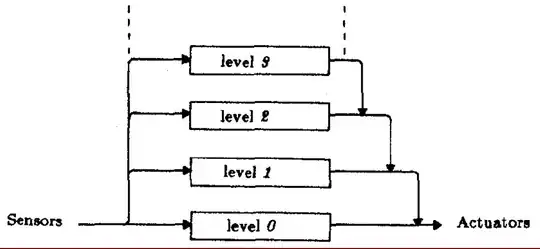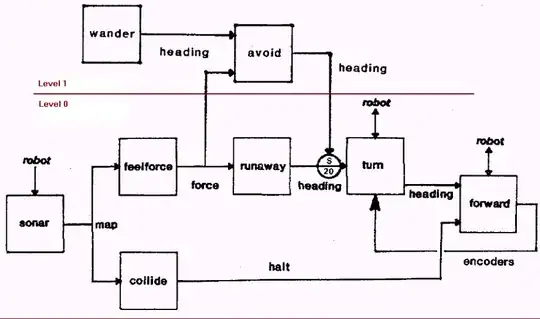The Mars Rover is a highly successful example of the 'New AI' that emerged from work by Rodney Brooks in the 1990s.
In a quote from Brooks:
In 1984 I joined the faculty at MIT where I have been ever since. I set up a mobile robot group there and started developing robots that led to the Mars planetary rovers.
Together with the 'Allen' paper, the foundational AI articles in this area are:
Although Brooks initially had difficulty getting this work published, preprints were widely circulated within the AI community. Brook's "Physical Grounding Hypothesis" (essentially: "intelligence requires a body") has now largely supplanted the preceding symbolist approach.
The capabilities of the MARS Rover are organized in a Subsumption Architecture. Rather than maintaining an integrated and complex 'world model', increasingly sophisticated behaviors are stacked in hierarchical layers. For example, 'walking' is a relatively low-level competence, with 'avoiding obstacles' and 'wandering around' being higher-level ones.

Each layer is represented by a Finite State Machine that reacts to stimuli appropriate to that level. The activity of lower levels can be suppressed ('subsumed') by higher level ones.
Here is a schematic of the bottom two layers of 'Allen', Brook's first subsumption robot:


